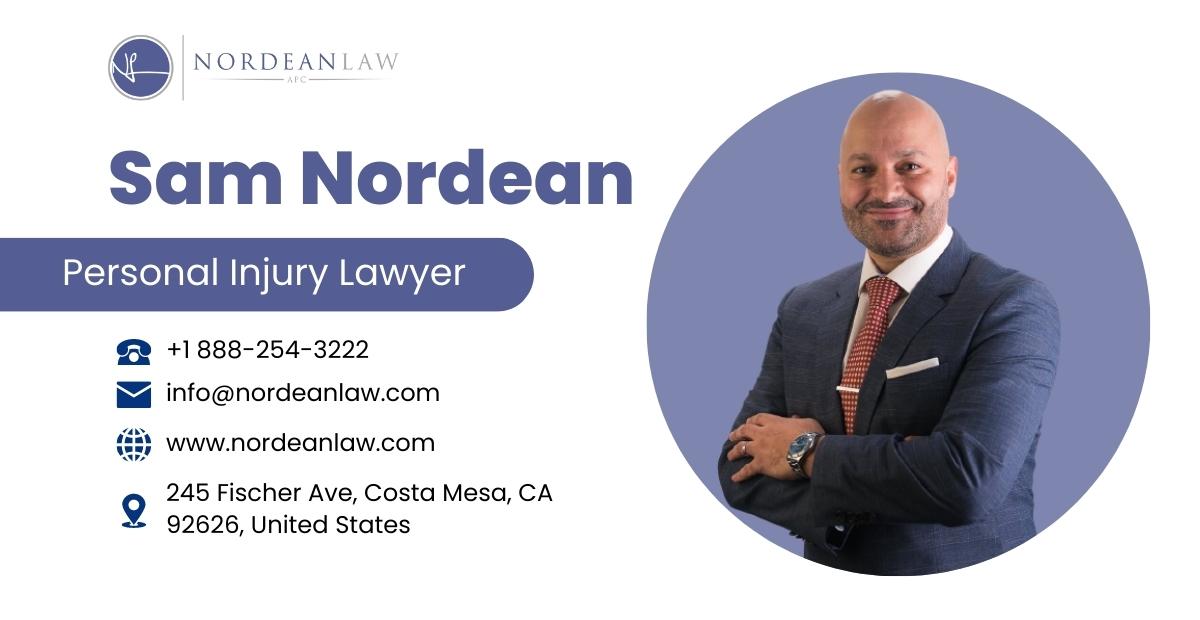
At Nordean Law, we strive to keep our community safe. We pursue justice for the injured and we share critical information on how to keep you and your family safe.
Follow the link below for the best tips to prevent accidents of all kinds. If you have a specific question, or if you were injured in an accident, reach out to one of our attorneys today.
Head-on collisions result in some of the most tragic cases. They tend to be high impact, collision avoidance, and mitigation maneuvers, such as braking or swerving, often fail to save lives.
Some of the most terrible cases are caused by head-on collision accidents. Injuries caused by head-on collisions to victims and their families are solvable for Nordean Law. Nordean Law has seen its share of head-on collisions and the pain they inflict on victims and their families. But, if you or a loved one have been hurt in a head-on collision, help is just a phone call away.
If you or your loved one gets injured in a head-on collision accident, contact our office online or call 888-527-1267 to schedule your free consultation with an experienced car accident lawyer in Orange County. Our law firm handles car accident cases on a contingency fee basis, which means we don’t get compensated if you don’t get compensated.
A head-on collision occurs when the front ends of two vehicles collide. As this implies, the vehicles must travel in opposite directions for a head-on collision.
Because the vehicles are heading toward each other, the impact is more significant. For example, if a driver hits a stationary object, he strikes it at the speed of his vehicle. For example, if he travels at 30 mph, he hits the object at 30 mph.
But what if he hits another vehicle head-on travelling at 30 mph?
The impact is the equivalent of a 60 mph accident with a stationary object. When head-on collisions occur on high-speed roads, it’s common for both vehicles to travel at 60 mph, resulting in a 120 mph impact. High-speed head-on collisions kill.
They account for 2% of auto accidents in the U.S. but 10% of the fatalities.
It may seem odd that head-on crashes occur with such regularity. Vehicles should never approach each other from the opposite direction at high speed.
Theoretically, if everyone obeyed traffic laws and made no errors, head-on collisions could not happen. In the real world, people make misjudgments, get distracted, fall asleep at the wheel, or expect everyone else to get out of their way.
Drivers have a duty of care toward other people on the road. It is their responsibility to drive carefully and obey traffic laws. Most head-on collisions occur because one of the drivers was in a lane he had no right to occupy when other traffic was too close, such as when passing on a rural road in the opposite lane.
Because of this, Nordean Law often can overcome arguments that the plaintiff bears a portion of the fault and wins 100% of the extensive damages.
Common causes of head-on collisions include the following:
In addition, external factors sometimes play a role. For example, a faulty traffic signal may mislead a driver, inducing him to make a mistake that causes a head-on collision. In these cases, the driver who caused the crash still has a liability, though the causes may be shared with the entity responsible for the sign.
Regardless of how multiple defendants split liability, a plaintiff with 0% responsibility for the accident must receive 100% of the damages.
Head-on collisions result in the same injuries as other accidents but often have higher rates of severe injuries and fatalities.
Frequent head-on collision injuries include the following:
Many head-on accident victims perish at the scene or hospital. Common causes of death include the following:
Often, one motorist is clearly to blame, such as hitting a vehicle while passing in the opposite lane. In rare cases, some of the faults may belong to an entity responsible for road- and sign maintenance.
California uses a comparative negligence standard in judging personal injury cases. Often, two drivers share responsibility for a crash. For instance, one may have turned improperly, and the other was speeding, resulting in a collision.
But head-on collisions often have one responsible party. Because of this, Nordean law fights hard to defeat unsubstantiated claims that clients have partial liability.
California law allows accident victims to pursue three types of compensation: economic, non-economic, and punitive.
Typical economic damages include the following:
Non-economic damages often include the following:
Punitive damages are rare, even in head-on collision cases with devastating consequences. Courts award them to punish bad actors and deter such behavior.
For punitive damages to apply, the plaintiff must prove that the defendant did something beyond the typical forms of negligence that cause auto accidents.
Drivers who are rear-ended deserve their full damages. The driver behind caused the crash by following too closely or not paying attention. The rear-end collision victim should bear none of the accident’s costs.
But to win 100% of the damages, you must prove that the accident was a rear-end collision due to the other party’s negligence. Insurance companies and some dishonest people may try and turn the case around, blaming you.
In addition, the defense may dispute your damages, claiming injuries resulted from another cause.
Nordean Law puts a stop to these deceptive practices. We shine the light on the truth, so our clients receive their deserved awards. And also, after winning the case we are handling of our client, we pay for them.
